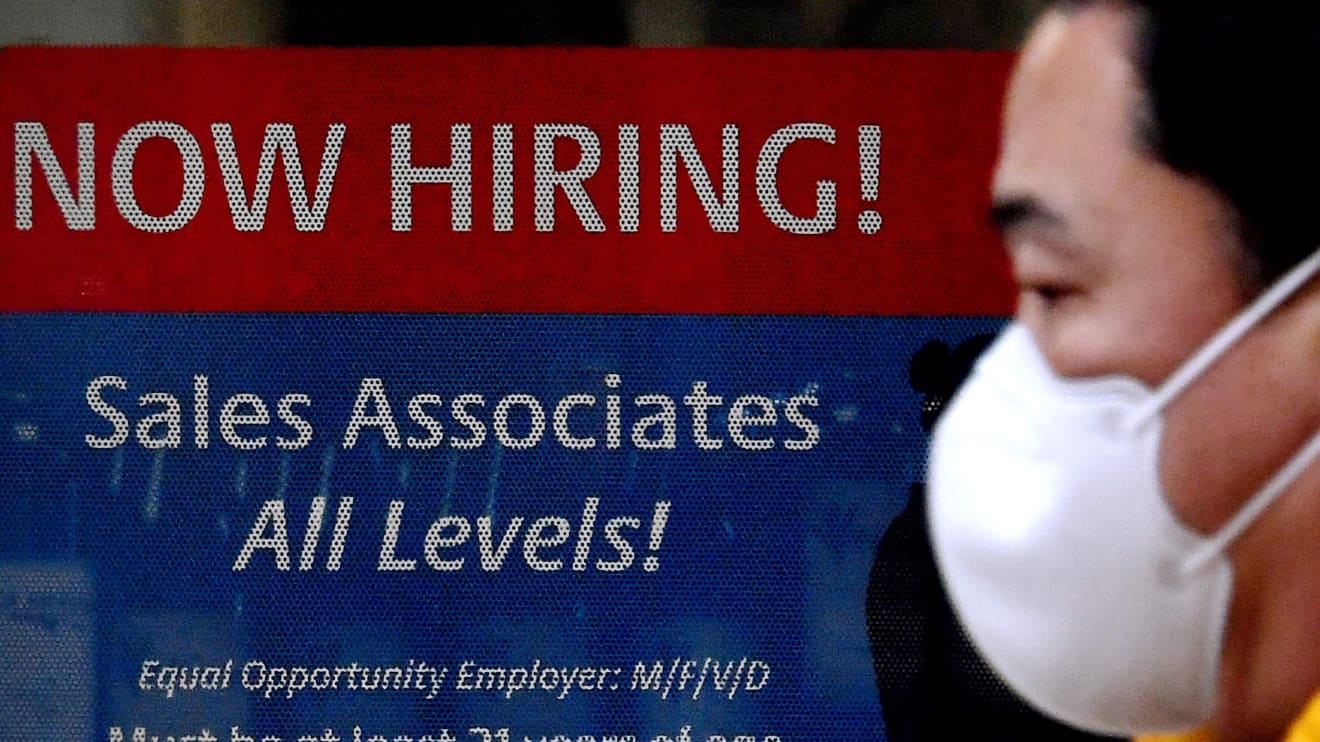This post was originally published on this site

As coronavirus vaccines are beginning to roll out to some Americans, a jobless recovery is beginning to mount.
At the height of the pandemic in March, more than 30 million Americans were laid off or furloughed when the economy shut down to curb the spread of COVID-19. The unemployment rate at that point was 14.7%; it has since come down to 6.7%.
That, among other factors, demonstrates that there are “early signs of a potential jobless recovery from this recession,” but many jobless Americans are not yet out of the woods, said Raj Chetty, a Harvard economics professor, during a presentation Sunday at the Allied Social Science Associations’ annual meeting.
In sectors that have been slower to bounce back during the coronavirus-induced recession, such as leisure and hospitality, it’s likely that “some of those job losses [will] persist for a long time,” Chetty added.
What’s more, higher-wage workers earning more than $18 an hour have returned to work at a faster rate than lower-wage workers earning less than $13 an hour, Chetty said, based on his analysis using paycheck data.
In April, nearly 12 million low-wage workers were laid off, while some 6 million workers who were earning between $18 to $29 an hour were laid off. By November, all but 400,000 of those workers earning $18 to $29 an hour had returned to work, his analysis found. Meanwhile, some 6 million workers who earned less than $13 an hour have yet to return to work.
That’s “troubling to think about going forward,” Chett said.
The disparity between jobless recoveries across sectors and wage levels is driven in part by spending patterns amongst wealthy Americans. Unlike lower-income Americans, wealthier families throughout the pandemic have cut spending on in-person services, effectively leading to layoffs at local small businesses.
Instead they have turned to sites like Amazon.com Inc. AMZN, -0.88%. Unlike local businesses, Amazon’s business model is more capital-intensive and less labor-intensive, Chetty added, meaning that fewer workers are needed to respond to increases in demand.
If more businesses turn to capital and automation because of the cost benefits, it could end up leading to an unequal recovery for low-skilled workers.
Stimulus checks have certainly propped up spending levels, but the money is “not getting channeled back to the local businesses that lost a lot of revenue to begin with,” Chetty said, because a greater share of Americans have spent their checks at large retailers like Amazon and Walmart WMT, -0.02%.
“Ultimately the path to full economic recovery, at least, seems like it lies in addressing the virus itself through public health efforts,” namely widespread distribution of the vaccine, he said.

